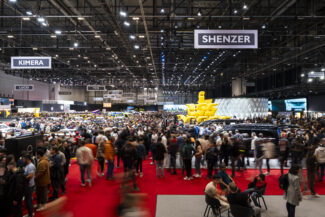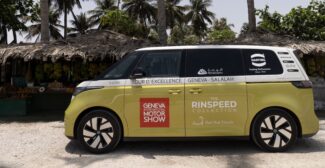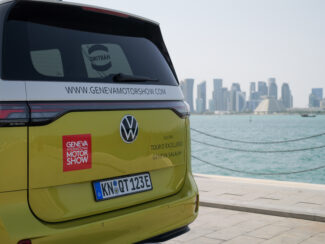The Renault-Nissan-Mitsubishi Alliance is relaunching with a joint strategy on electric cars and 23 billion euros in investments over the next five years. The objectives are ambitious: in addition to electrification, this plan aims to accelerate joint vehicle production and reduce the price of batteries.
We were all very worried. Since Carlos Ghosn’s arrest in November 2018 and the serious crisis of confidence within what was the world’s largest car-making entity, the Renault-Nissan-Mitsubishi Alliance is unveiling its new goals as “Alliance 2030”. The last enterprise of this kind was in October 2017; an eternity ago which would have led to many doubts about the actual functioning of this alliance, unusual in the industry, based on cross-ownership between the three manufacturers.
Stronger than ever
Jean-Dominique Senard, Alliance and Renault president, states that “the Alliance is stronger than ever” and amazing work had been carried out behind the scenes. The past almost 40 months have been used simultaneously to ease post-Carlos Ghosn tensions and redefine the collaborative structure, using a leader-follower model. In place since May 2020, it practically appoints a leading manufacturer for each technological field and geographic area and allows each Alliance member to access the key technologies of each partner.

In real terms, this leader-follower model has three levels differentiating models: high, or only engines, chassis and technical components are shared, medium, where certain body parts and interior layout are shared and low, where vehicles are very similar.
By 2030, no less than 35 new 100% electrical vehicles will be launched on five joint platforms:
- CMF-AEV, for the most affordable models, like the Dacia Spring
- KEI-EV, for ultramini (kei cars) in the Japanese market
- LCV-EV, for light commercial vehicles
- CMF-EV, the most flexible, multi-purpose and common, in particular already used in the Renault Megane E-Tech Electric and Nissan Ariya EV.
15 out of 35 models are anticipated on this platform, with a production volume of 1.5 million car per year. - CMF-BEV, for compact cars (B segment) from 2024, based on the next Renault R5 and the replacement of the current Micra. The expected production volume is 250,000 vehicles each year, for Renault, Nissan and Alpine.

Sharing joint platforms within the Alliance will cover 80% of models by 2026, compared to 60% currently. Renault is in a good position as it will provide two models to Mitsubishi based on its bestsellers. In addition, Renault will lead on the development of the first Alliance software-defined vehicle, announced for 2025. This vehicle will integrate perfectly into the client’s digital ecosystem and will be able to offer a new experience, among other features, through its connection to other users or infrastructure.

Reducing battery costs
The announcement of the “Alliance 2030” plan comes shortly after the recent concerns raised by Carlos Tavares, CEO of the Stellantis group, about the political choice of a market forced towards electrification. In an interview given to four European economic daily newspapers, Stellantis’ strongman stated that “without a gradual transition, there will be serious economic consequences”. The risks specifically affect the conversion of production apparatus, but also clients. The purchase of electric cars, more expensive than their combustion-powered counterparts, will only be accessible, in the near future, to a small section of the middle classes.

For its part, the Renault-Nissan-Mitsubishi Alliance has some answers: with its operational strength, the Alliance will be able to reduce the cost of batteries by half by 2026, compared to 2021 levels, and by 65% in 2028. Leading on this project, Nissan anticipates the sale, in 2028, of a new generation of battery (All solid-state battery, ASSB), which will have a greater energy density and recharge speed.
The alliance can also draw on more than 30 years of cumulative experience in electromobility. Combined with the sharing of skills between its members, this strategy allows the Alliance Renault-Nissan-Mitsubishi to moderate the cost of investment to achieve its goals. The alliance is expected to spend 23 billion euros, when Toyota has announced a budget of 70 billion USD (around 63 billion euros) by 2030, or the Volkswagen group’s 52 billion euros over the next five years.
GIMS/JM






